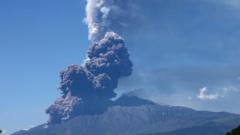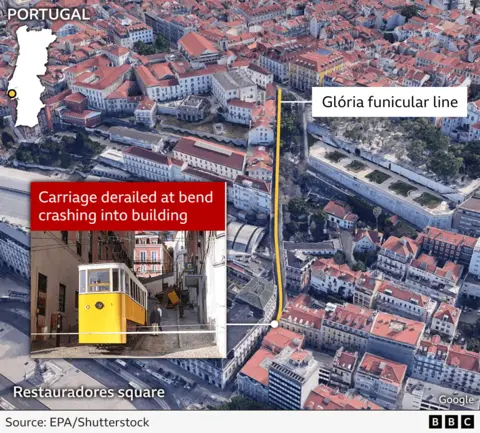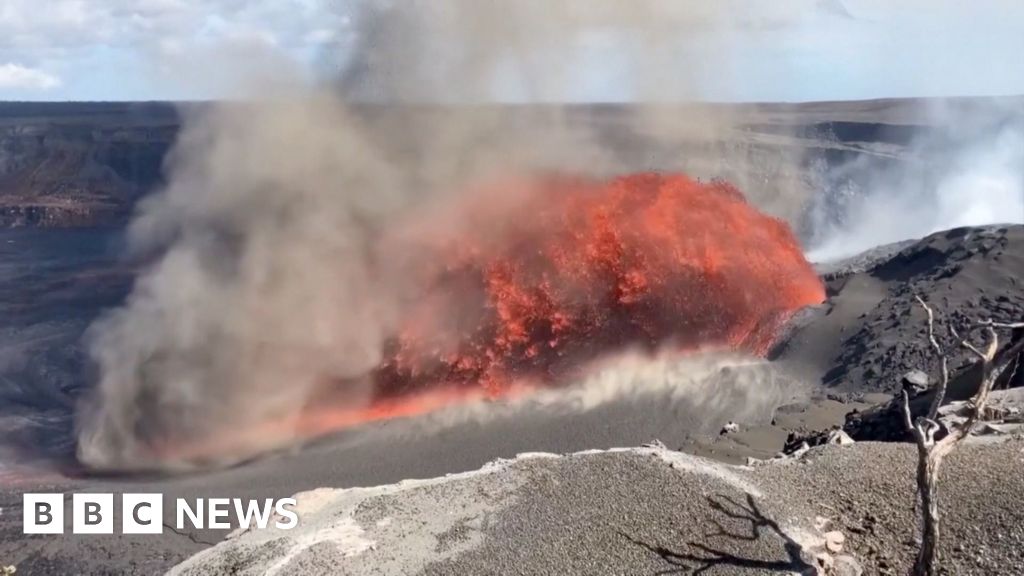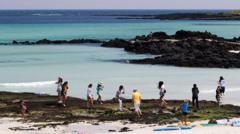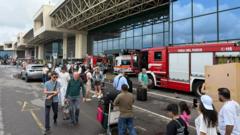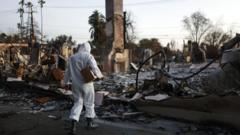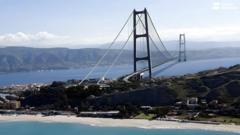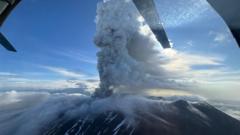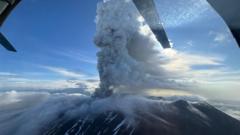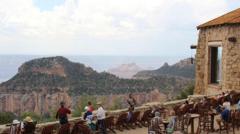Italy's Mount Etna erupted early Monday morning, releasing substantial plumes of ash and smoke that characterized the latest episode from one of the world's most active volcanoes. The National Institute of Geophysics and Volcanology (INGV) reported multiple explosions of "increasing intensity," indicating a vigorous volcanic activity.
Despite the intensity of the eruptions, disruption appears limited, with flights operating normally at Catania airport and surrounding areas. Initial observations highlighted significant volcanic material spilling from a well-known 200-meter-wide vent on the southeastern side of the volcano, where geologists noted ground movement suggesting a partial collapse of the crater.
Footage captured through the day displayed a fast-moving mix of ash, gas, and rock, or pyroclastic flow, descending the volcano's slopes. While pyroclastic flows can pose danger, local monitoring indicated that no immediate threats were posed to the surrounding areas.
The INGV noted that the eruptions began around 00:39 local time, establishing a pattern typical of "Strombolian" eruptions, marked by intermittent blasts caused by gas accumulation in the magma chamber. These explosions, likened to releasing gas from a carbonated beverage, can pose risks, particularly to nearby aircraft.
Alerts were initially raised regarding flying conditions, but the situation was downgraded, allowing flights to proceed without significant interruptions. The last major eruption from Mount Etna occurred in February, causing notable disturbances to air travel.
Tourists have been advised to avoid the region's lava flows while local authorities closely monitor volcanic activity from this iconic natural landmark of Sicily.

